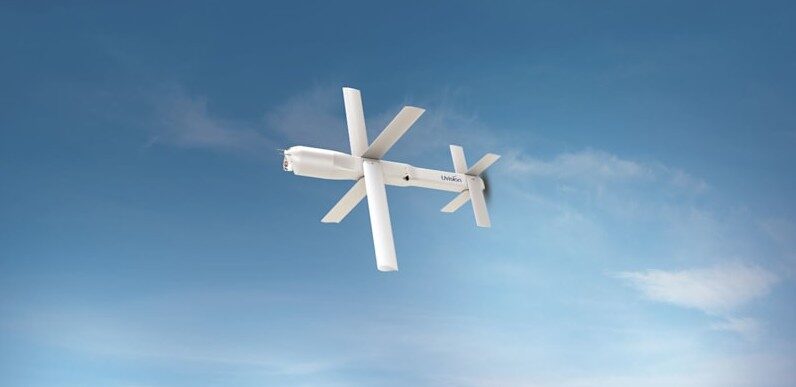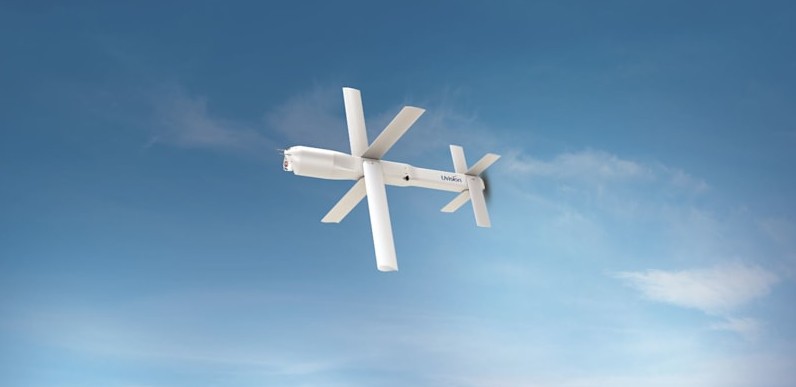A recent, nearly $1‑billion award for loitering munitions to an Israeli‑U.S. teaming led by Uvision is being positioned by the manufacturer as the start of a deeper, longer‑term relationship with the U.S. Army — potentially extending into the service’s Low Altitude Stalking and Strike Ordnance (LASSO) effort.
New contract and what it covers
On Oct. 3, Uvision and U.S. partner Mistral announced they secured a multi‑year Indefinite Delivery/Indefinite Quantity contract worth roughly $982 million to supply the Army with the HERO 120 loitering munition. The award covers procurement, fielding, training and sustainment under the service’s Lethal Unmanned Systems portfolio. Company executives say they view the deal not just as a transactional win but as a pathway toward making the HERO family a recurring capability in U.S. formations via programs such as LASSO.
The HERO 120: capabilities and battlefield role
The HERO 120 is a mid‑range, tube‑launched loitering munition that Uvision markets as optimized for precision strikes against armored and other high‑value targets. Compact enough to be carried by dismounted troops, the system is reported to carry a warhead in the neighborhood of 4.5 kg and to offer tens of kilometres in range with roughly an hour of on‑station (loiter) time. Uvision highlights the munition’s combat experience and describes it as suitable for infantry battalion and brigade employment — particularly for Infantry Brigade Combat Teams (IBCTs).

How the company is positioning itself for LASSO
Uvision executives told reporters that ongoing combat use overseas informs continual design updates, and that the firm is feeding operational lessons back into the platform to enhance performance. They also stressed modularity: the HERO line is engineered to accept different radios, warheads and launch solutions so it can be adapted to customer needs. According to the company, the system integrates U.S. components and is supported through an Americanized supply chain.
Executives also noted areas of technological emphasis going forward: robustness in GPS‑denied or contested electromagnetic environments, resistance to jamming, collaborative “swarming” behaviors for coordinated effects, and modularity to permit rapid reconfiguration as threats evolve.
Delivery timeframe and context
Uvision expects initial deliveries to begin at the start of 2026, with hardware, training and sustainment packages distributed to infantry brigades thereafter. The award follows earlier U.S. purchases of the HERO 120; for example, U.S. Special Operations Command acquired the system under a prior contract. The new award also comes amid a broader acceleration in U.S. interest in unmanned and loitering systems — a trend sharpened by lessons from recent conflicts overseas.
Competitive landscape and programmatic backdrop
The Uvision/Mistral contract comes in the wake of other large Army investments in loitering munitions, including a significant award to AeroVironment for its Switchblade family; that award was the subject of a protest by an unsuccessful offeror. The Army’s drive toward distributed lethality and more organic counter‑armour and counter‑high‑value targeting options at the brigade and battalion level is fuelling procurement of multiple loitering‑munition designs as part of a broader unmanned‑systems push.
References
https://www.army-technology.com/news/us-army-mistral-uvision-contract/
https://www.joint-forces.com/special-forces/73641-hero-120sf-loitering-munitions-for-us-socom










